Curious Questions: Why does Kew Gardens have a giant pagoda?
The Pagoda at Kew Gardens, designed by Sir William Chambers, is one of the most famous, yet most incongruous landmarks at one of the world's most famous gardens. So why is it there? Jack Watkins explains.

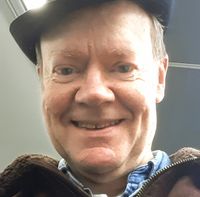
Kew Gardens has a multi-layered history. Its varied roles as a royal retreat, landscaped park, exotic plant collection, international botanical institution and place of public education, relaxation and enjoyment of floral and arboreal splendour, have involved a succession of important names.
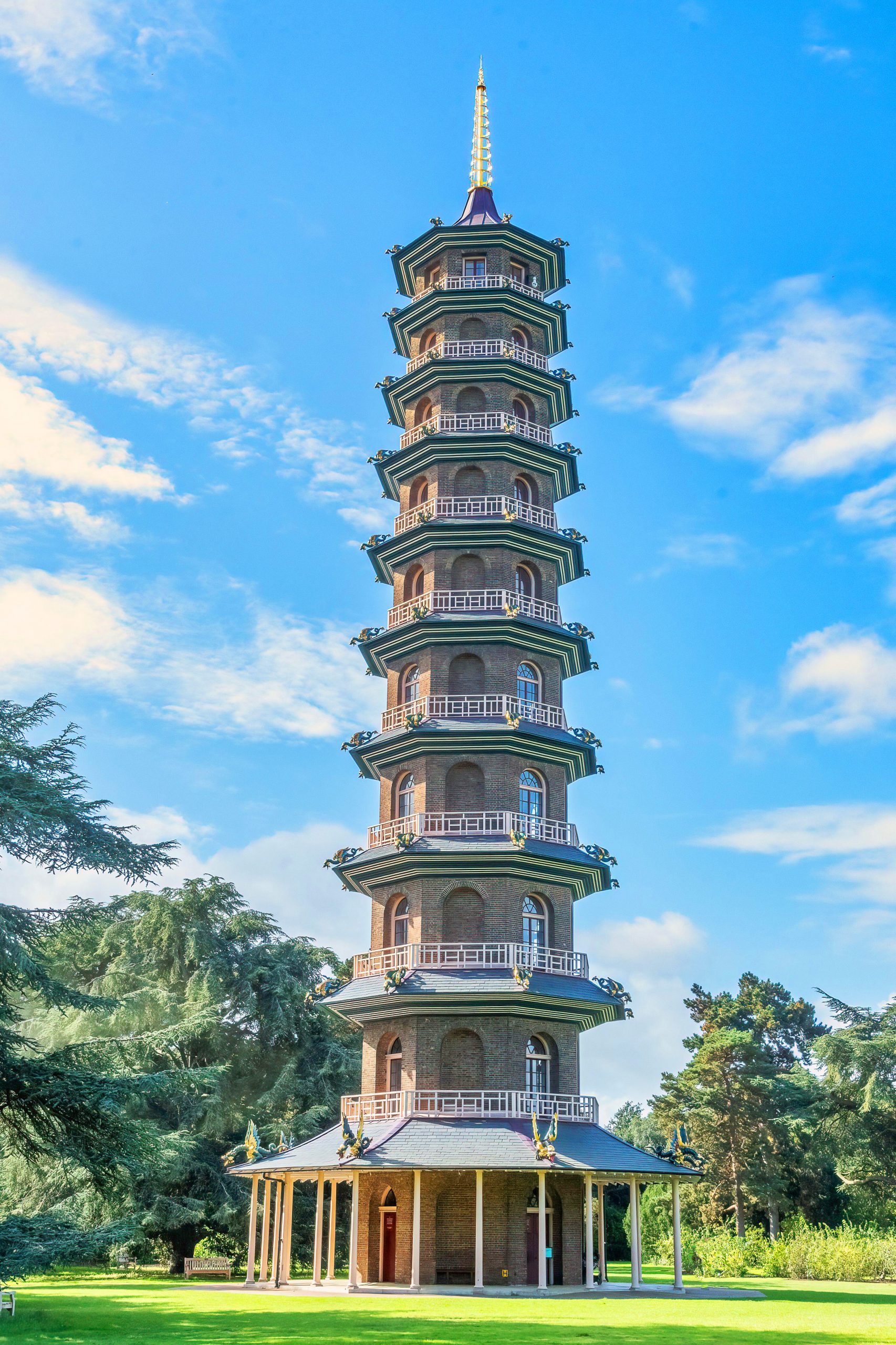
To cite William Kent, William Aiton, Sir Joseph Banks, Decimus Burton, Richard Turner and Sir William Hooker barely scratches the surface. However, in the 300th year of his birth, it’s fitting to remember Sir William Chambers (1723–96), the creator of the great Pagoda and a major figure in the ornamentation of the estate in the years before the Royal Botanical Gardens opened to the public in 1841.
Towards the end of his life, Frederick, Prince of Wales, had established a plant collection at Kew, but, after his sudden death in 1751, it was his widow, the Dowager Princess Augusta of Saxe-Gotha-Altenburg, advised by the 3rd Earl of Bute, who extended the gardens. The Anglo-Swede Chambers (he was made a Knight of the Polar Star by the King of Sweden in 1771, after which he was allowed to assume the title of an English knight) entered the royal employment in 1757, doubling up as the Dowager Princess’s official architect and architectural tutor to the Prince of Wales (the future George III).
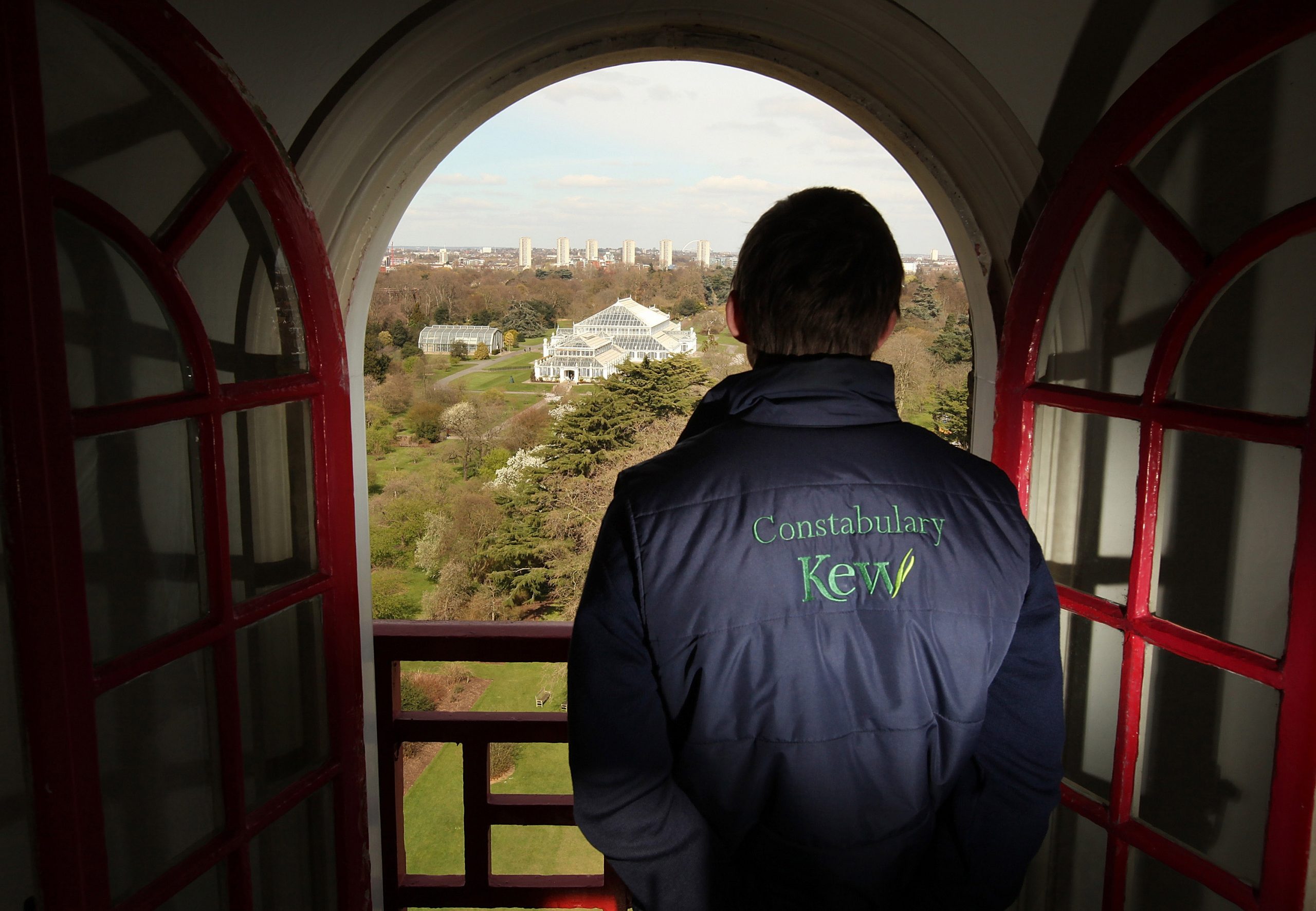
Chambers had spent time in China when in the service of the Swedish East India Company and had studied architecture in Paris and Rome. His enthusiasm for Chinese buildings, artefacts and garden design came at a time when interest in chinoiserie among the British aristocracy was high. Chambers’s Designs of Chinese Buildings, which was published at about this time, included a chapter on the layout of Chinese gardens, commending their ‘diversity’ and ‘variety of scenes’.
A House of Confucius and a Chinese Arch (probably designed by Joseph Goupy, although possibly by Chambers) were already extant as follies in the royal gardens at Kew and, by about 1760, Chambers had enlarged on the fanciful setting by adding an Aviary, Menagerie and Pavilion, all in the Chinese style.
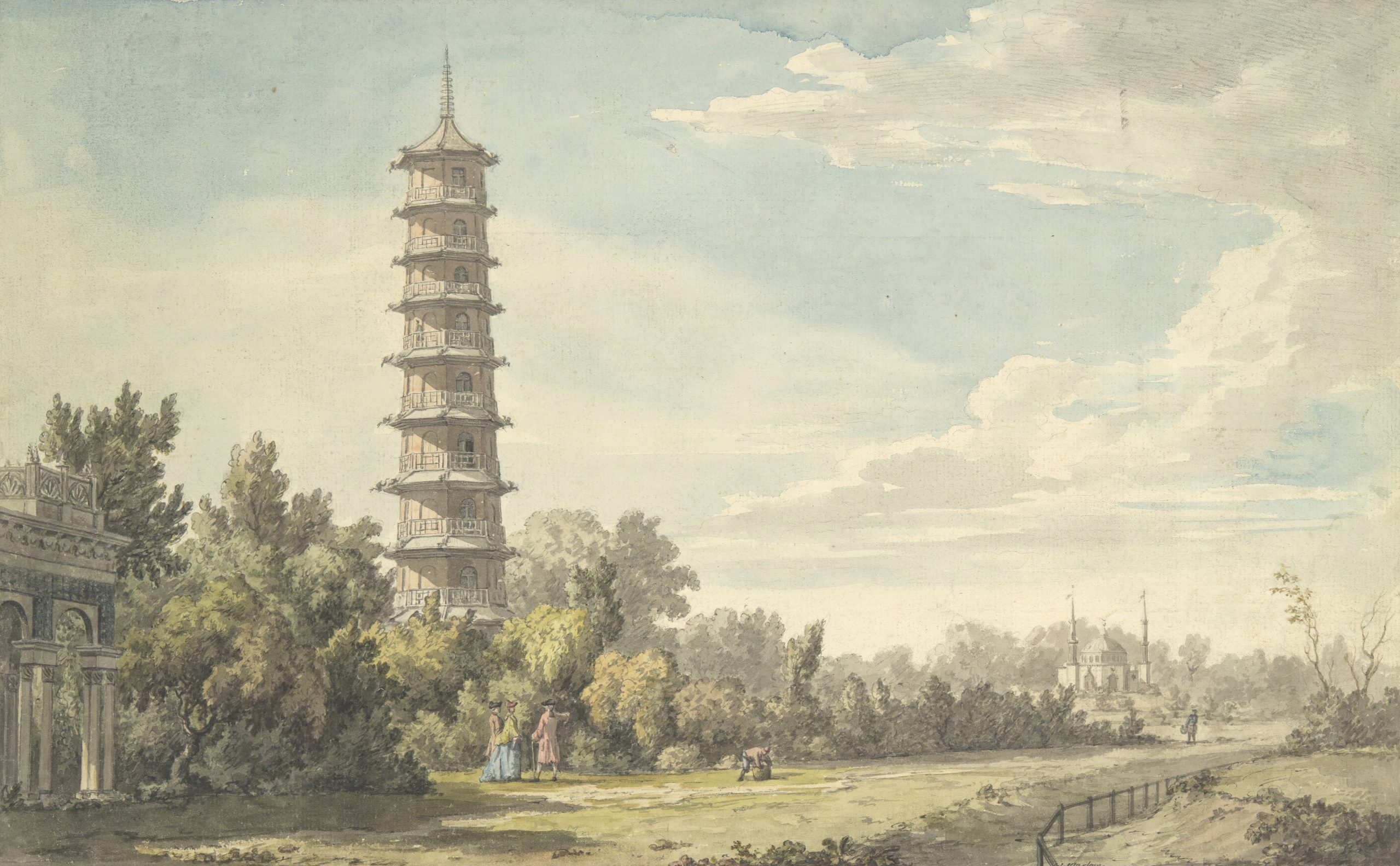
Horace Walpole, visiting the following year, noted the Dowager Princess had begun ‘a very high tower in the garden built after the model of the towers of Pekin, Nanking etc’. This was the Pagoda, which the generally conservative, neo-Classically inclined Chambers flanked with a Moorish Alhambra and a Mosque. Temples were erected, too, with the object of creating a walk linked by several Picturesque or Classical follies, as if the viewer was embarking on a Grand Tour within a single garden.
However, the major eyecatcher was the Pagoda, 163ft high, its 10 storeys successively diminishing in diameter and height as it soared upwards.
Exquisite houses, the beauty of Nature, and how to get the most from your life, straight to your inbox.
The projecting roofs were adorned with glazed tiles and 80 golden dragons with bells in their mouths. Glinting and chiming in the breeze, and immediately painted by Richard Wilson (Kew Gardens: The Pagoda and Bridge), the structure caused a sensation upon its opening in the summer of 1762, although many expressed concerns about its stability.
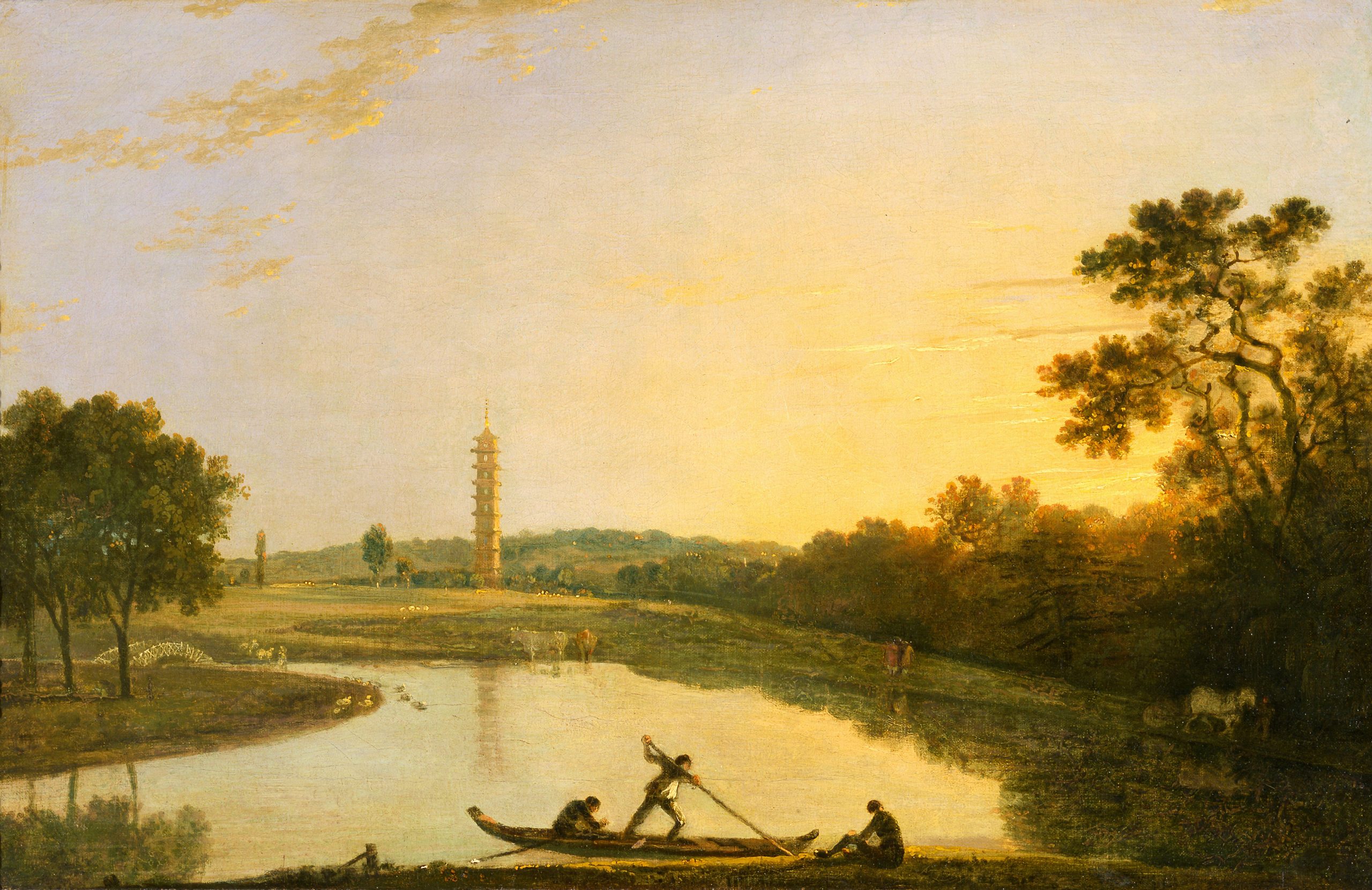
The Swedish botanist Daniel Solander, among the visitors, recorded that: ‘All thought that a building so much out of proportion should have fallen down before it was finished & no one believed it wd stand the terrible thunderstorms & tempests which we experienced three months ago.’
Yet, although Walpole scoffed that it was made of ‘Act-of-Parliament brick’, the Pagoda was sturdy enough for holes in the floors to be cut during the Second World War, enabling bomb designers to drop models of their inventions from top to bottom to study their flight behaviour. The Pagoda has endured and remains one of Kew’s most significant, most loved landscape features.
The Pagoda at Kew Gardens: What the critics said
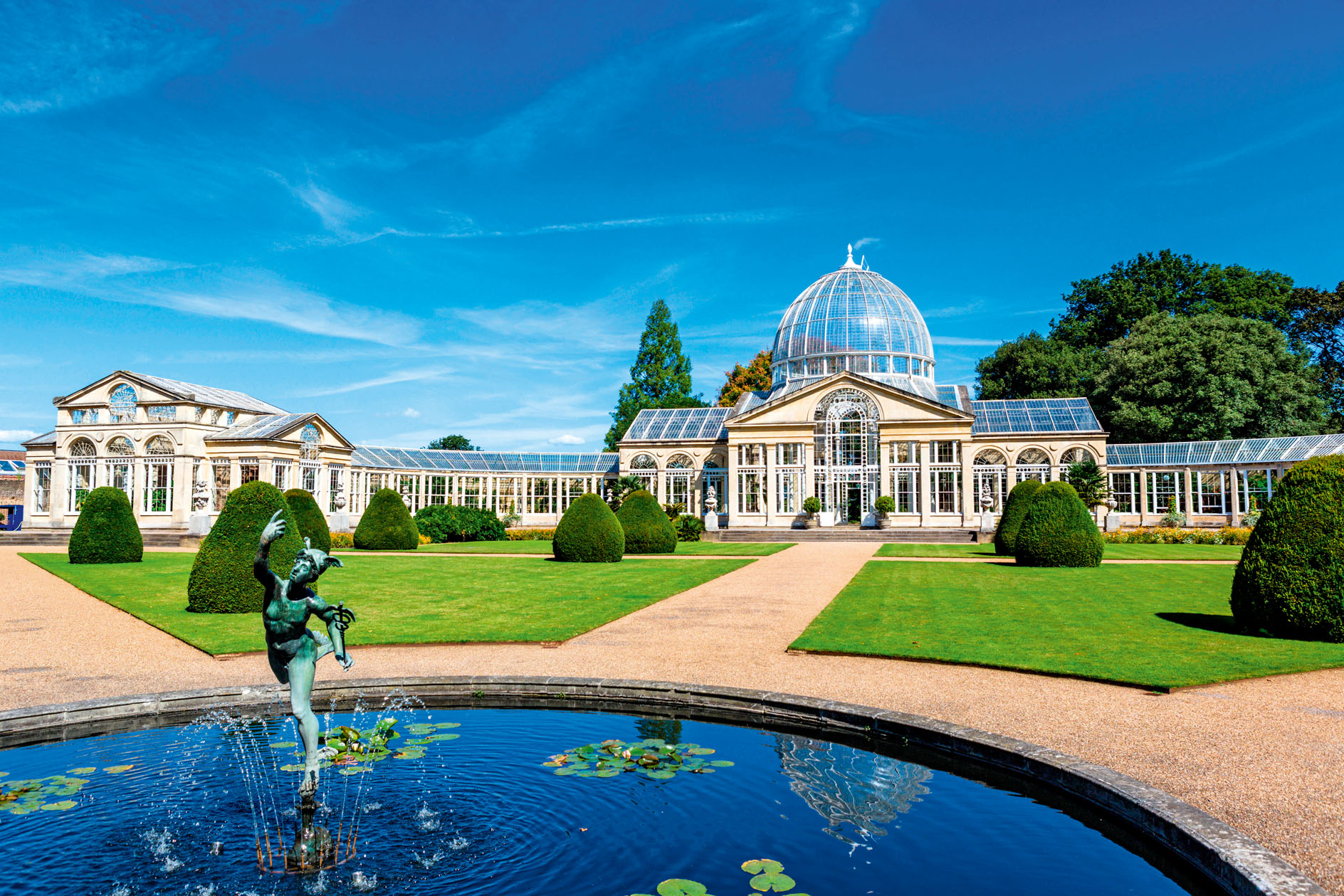
Best walks in London, from Kew Gardens and Eltham Palace to Lesnes Abbey and the 'Cathedral of Sewage’
Our capital city is more inviting for walkers than you might expect, with meadows, towpaths, unexpected sculpture and great houses
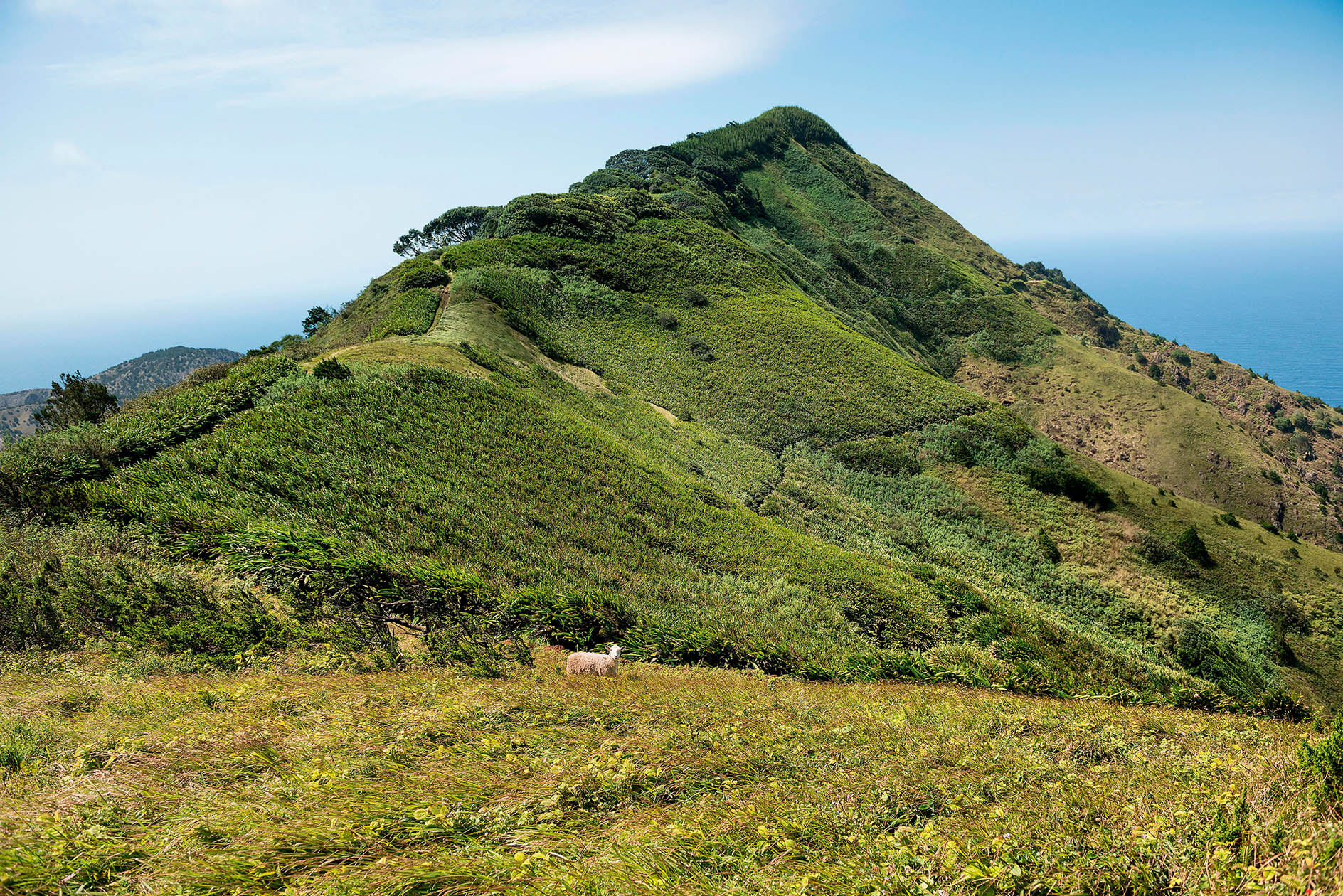
Charles Quest-Ritson: All gardening is habitat destruction, but gardens have a purpose — and rewilding is an absurd fantasy
The 19th century's hugely successful cultivation of plants on the once-barren Ascension Island has lessons for us today, says Charles
Jack Watkins has written on conservation and Nature for The Independent, The Guardian and The Daily Telegraph. He also writes about lost London, history, ghosts — and on early rock 'n' roll, soul and the neglected art of crooning for various music magazines
-
 ‘In my twenties I was asked by a newspaper to test out an orgasm machine. I said, "Absolutely"’: Elizabeth Day on her early career in journalism and consuming passions
‘In my twenties I was asked by a newspaper to test out an orgasm machine. I said, "Absolutely"’: Elizabeth Day on her early career in journalism and consuming passionsThe author and journalist chats to Lotte Brundle.
-
 Meet David Beckham's milliner, the man who's created hats using everything from flora and fauna to to car parts and cleaners’ buckets
Meet David Beckham's milliner, the man who's created hats using everything from flora and fauna to to car parts and cleaners’ bucketsBarnaby Horn, an award-winning hat-maker and visual artist who learned much of his craft at Highgrove in Gloucestershire, is one of David Beckham's countryside champions. He spoke to Julie Harding.
-
 'I bought it without telling Victoria. She didn’t want another project... I sat her down, gave her a vodka and tonic and told her what I’d done': David Beckham tells Alan Titchmarsh about his Cotswolds home and garden
'I bought it without telling Victoria. She didn’t want another project... I sat her down, gave her a vodka and tonic and told her what I’d done': David Beckham tells Alan Titchmarsh about his Cotswolds home and gardenOn an open and windswept tract of land in Oxfordshire, where once stood some derelict barns and a lone maple tree, our guest editor Sir David Beckham has created a haven for his family and his honeybees. Photographs by Clive Nichols and Millie Pilkington.
-
 'One of the truly great gardens of the world' is at risk of having its vistas and tranquility blighted forever
'One of the truly great gardens of the world' is at risk of having its vistas and tranquility blighted foreverThe views from Rousham, the birthplace of the English landscape-garden movement are at risk of development plans for the nearby former RAF Upper Heyford Air Force base get the go-ahead.
-
 How Harper Beckham created the perfect gardener's birthday present for her father's 50th — with a little help from David Austin Roses
How Harper Beckham created the perfect gardener's birthday present for her father's 50th — with a little help from David Austin RosesWhen Harper Beckham wanted to commission a rose for her father’s birthday, there was only one man for the job, says Charles Quest-Ritson, as he takes a closer look at the science behind creating a new David Austin bloom.
-
 'You could walk round it every day and always notice something new': A private tour of the garden of multiple Chelsea gold medallist John Massey
'You could walk round it every day and always notice something new': A private tour of the garden of multiple Chelsea gold medallist John MasseyInspired by his friends Christopher Lloyd and Princess Greta Sturdza, nurseryman and plant breeder John Massey has made a garden in Worcestershire that never ceases to delight, writes Charles Quest-Ritson. Photographs by Clive Nichols
-
 Alan Titchmarsh: 15 years ago we planted a hedge — today, it's 10ft tall, 6ft deep and a joy throughout the year. Here's how we did it
Alan Titchmarsh: 15 years ago we planted a hedge — today, it's 10ft tall, 6ft deep and a joy throughout the year. Here's how we did it15 years ago, Alan Titchmarsh planted a hedge; today, it's 10ft tall, 6ft deep, he and his wife absolutely love it, 'and so do all the creatures with whom we share our garden.'
-
 The one website about trees and shrubs that everyone needs to know about
The one website about trees and shrubs that everyone needs to know about'Trees and Shrubs Hardy in the British Isles' has been digitised, making one of gardening's most important works free and at your fingertips.
-
 'Nature's loo roll': Verbascum, one of the most curious — and useful — plants you'll find in an English country garden
'Nature's loo roll': Verbascum, one of the most curious — and useful — plants you'll find in an English country gardenWith its ability to rouge cheeks, settle stomachs and operate as Nature’s loo roll, verbascum is as surprisingly useful as it is pretty, discovers Ian Morton.
-
 'There is only a handful of fruit trees I’d grow for their non-edible charms — quince is one'
'There is only a handful of fruit trees I’d grow for their non-edible charms — quince is one'A versatile fruit that's superb in jams and with booze, quince also doesn't make you work too hard for all that pleasure.
